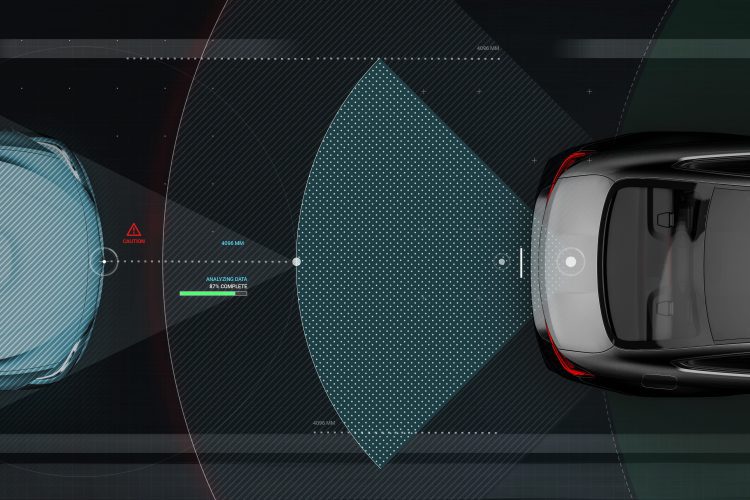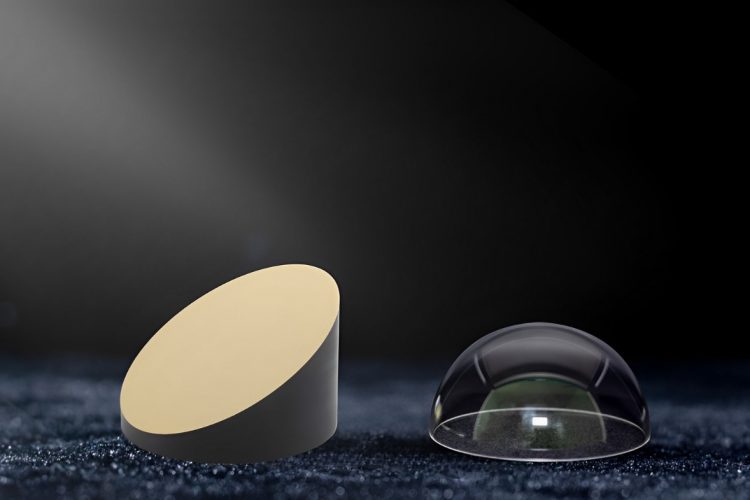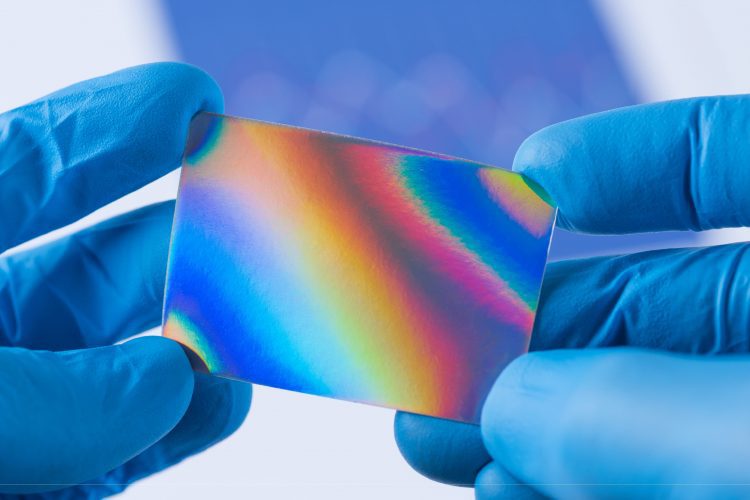High Reflective Coatings Optical coatings are thin films that are applied to optical components to control their reflectance, transmittance, or polarization properties. They are used in a wide variety of applications, including lasers, telescopes, cameras, and medical devices. How Optical Coatings Work Optical coatings work by interfering with the light waves that are reflected or […]











